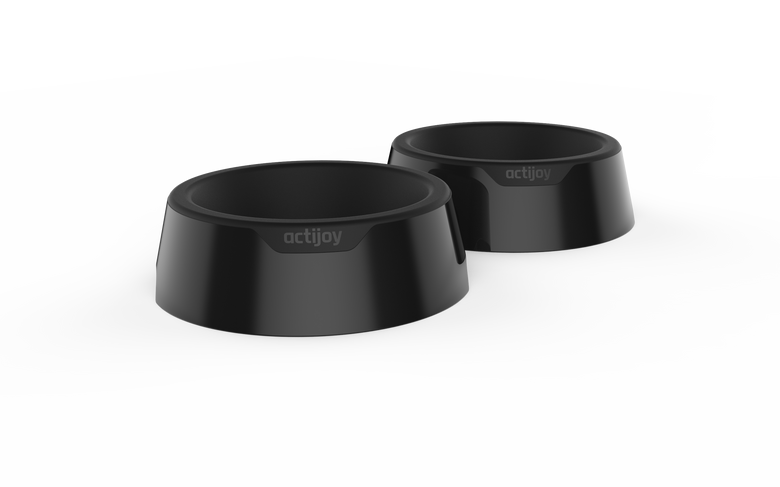Finding the Right Balance: How Many Training Treats a Day for Your Puppy?

Training treats are an essential tool for teaching and reinforcing desired behaviors in puppies. These tasty morsels serve as positive reinforcements, making the training process more enjoyable for both you and your furry friend. However, finding the right balance when it comes to the number of training treats to give your puppy can be a bit challenging. In this article, we will explore some factors to consider and provide guidelines to help you determine how many training treats a day is appropriate for your precious pup.
Age and Size
The age and size of your puppy play a significant role in determining the number of training treats they should receive each day. Younger puppies have smaller stomachs and may need smaller, more frequent meals. For these tiny ones, it's best to break treats into smaller pieces and distribute them throughout the day. As your puppy grows, you can gradually increase the treat size and reduce the frequency.
Treat Size and Caloric Content
Training treats come in various sizes and caloric contents. It's crucial to consider the caloric density of the treats you choose. High-calorie treats should be given sparingly to avoid overfeeding your puppy. Read the labels carefully and opt for treats specifically designed for puppies, which are often lower in calories. You can also use healthier alternatives such as small pieces of cooked chicken, carrots, or freeze-dried liver, which are both nutritious and enticing for your pup. Gradually reduce reliance on treats for training. Shift focus to praise and affection as rewards. Your dog will learn to please you without treats. Use a sound cue as a conditioned response even when treats are no longer present.
Training Duration and Intensity
The duration and intensity of your training sessions should also influence the number of treats you provide. Shorter sessions with frequent rewards tend to be more effective than long, exhaustive sessions. It's important to strike a balance between rewarding desired behaviors and not overfeeding your puppy. Remember, training is a gradual process, and consistency is key.
Daily Treat Allowance
Consider the overall daily treat allowance for your puppy. This includes not only training treats but also other treats, chews, or dental sticks your puppy may receive throughout the day. To prevent excessive calorie intake, ensure that the total treat consumption remains within a healthy range. If you find that your puppy is gaining weight or becoming disinterested in regular meals, it may be necessary to cut back on treat quantities.
Individual Factors
Every puppy is unique, and their nutritional needs may vary. Some puppies have sensitive stomachs or specific dietary requirements, so it's important to consult with your veterinarian. They can provide tailored advice on treat allowances and recommend suitable options based on your puppy's health, breed, and lifestyle.
Training treats are a valuable tool for puppy training, but it's essential to strike the right balance. Taking into account factors such as age, size, treat size and caloric content, training duration and intensity, daily treat allowance, and individual needs will help you determine how many training treats a day is appropriate for your puppy. Remember, a healthy and balanced diet, combined with positive reinforcement and consistent training, will set your puppy up for success and a lifetime of good behavior.



